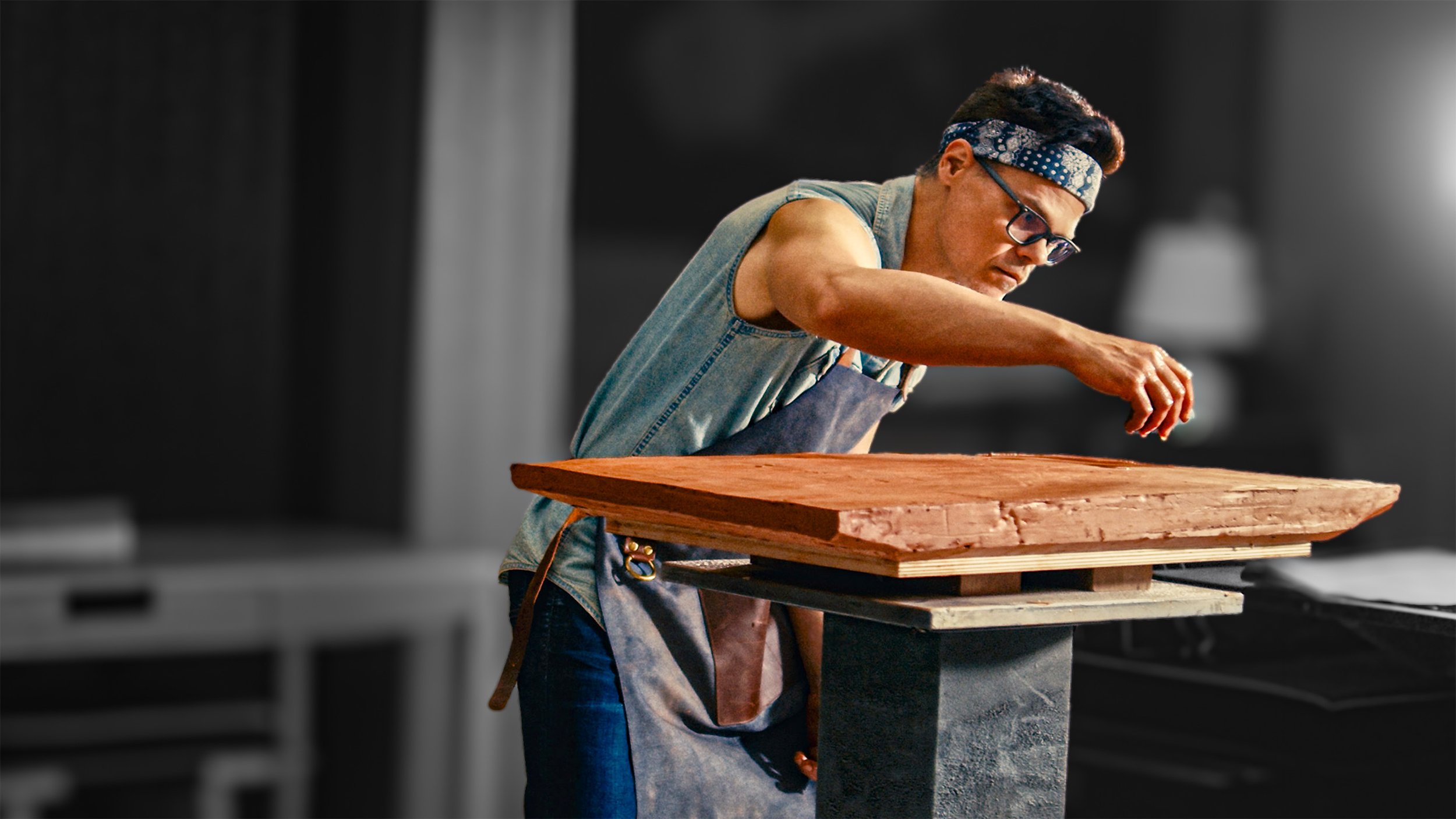The Aesthetic of Arakuto
Before a thousand mastered gestures shaped their wooden body, before becoming surfaces beyond compare for the culinary arts, the chosen place of a daily grounding ritual and communion with the life that nourishes life, it was in the clay of the Earth that Arakuto altars took their primordial form.

“I don't see my approach as artistic (don't know what that means), I view it more as that of a shaman opening a passage between the invisible and visible worlds.”
From the Clay of the Earth
“Two reasons explain my preference for working with clay as the medium for creating the original forms of Arakuto’s altars. The first is pragmatic: I neither have the steady hand nor the thousands of hours of mastery of an Arakuto artisan to sculpt directly from wood!
The second pertains to my pursuit of beauty, in the manner in which a form reveals itself to me. While I may begin with a few sketches, it is through my hands that the definitive shape emerges, in a sensory dialogue with the medium. For this to happen, the medium must be as malleable and responsive as possible to the spontaneity of the gesture. With clay, more than any other matter, I experience the strongest sense of this dialogue. I speak to the earth, and the earth speaks to me. This exchange continues until an intense and penetrating sensation arises within — the sense of being in the presence of beauty. When this happens, I know that beauty does not come from me; rather, I feel deeply that I am returning to reality a form that already existed.
That's why I feel uncomfortable when my creative work is described as that of an artist. Not because it's making me feel like an impostor, but because it's a case of mistaken identity… I don't see my approach as artistic (don't know what that means), I view it more as that of a shaman opening a passage between the invisible and visible worlds.”
Thierry Forbois
Creation is both an act of making and an act of uncovering. It’s about getting to the essence of the form. I sculpt until I hear a voice, a voice that emanates from the form and resonates into my bones, awakening the sensation of a lived truth, an existential shiver. Then I keep working on the form, until I experience the strange, and sudden impression that the form is somehow familiar to me, or the revelation that it has always been there. Then, and only then, do I know it's beautiful.
—
Thierry Forbois



